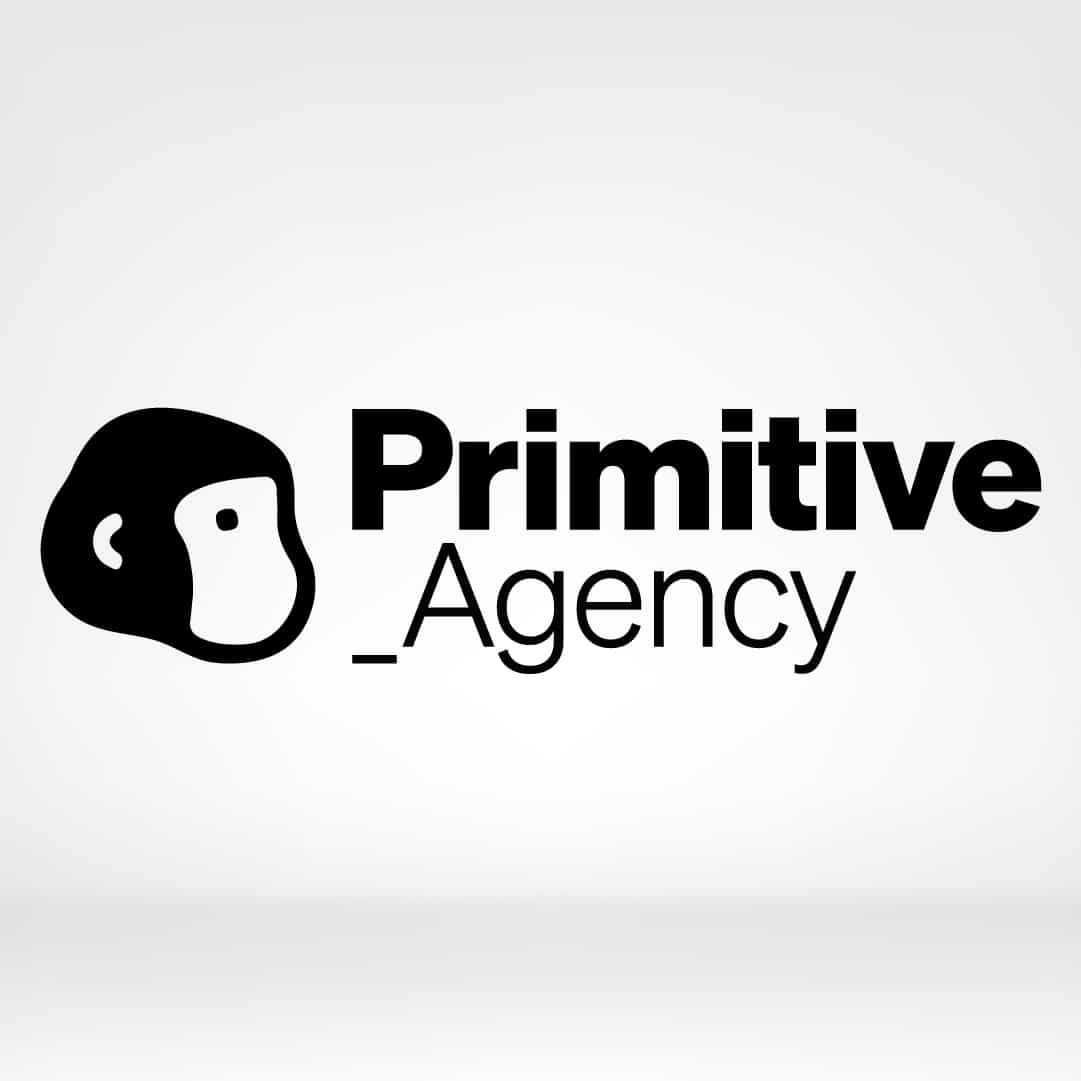The podcast is one of the most recognized audio formats nowadays. Many people are used to listening to podcasts, and there are podcasts of all kinds of topics and duration, so they can be adapted to the tastes of any person. But, did you know that they can also be a very useful digital marketing tool? In this article, we tell you how to create a podcast for your business, following 5 very simple tips.
According to a study conducted in 2021, more than half of the population of the United States has at some point listened to a podcast, and the number of people who listen to this audio format regularly recorded an increase of 25% compared to 2020.
In addition, the average time people spend listening to podcasts has increased by 20%. These figures demonstrate the growing interest and demand that podcasts have registered in recent years and the main reason why it is an excellent tool to publicize your brand and catch the attention of a large number of users on the web.
Would you like to create your own podcast for your business or brand? It’s easier than you think! With a little planning and some recording basics, you can start producing your own audio show in no time. Here are five steps to help you get started.
How to write an effective email to contact your B2B prospects
Choose a topic and title for your podcast.
Make sure it’s something you’re passionate about and that you can easily talk about for several episodes. It’s also important that the title of your podcast is appealing and reflects the content of your show.
Keep in mind that, since it’s a podcast for your brand, it should ideally be about a topic related to your business and the industry you’re in. But, don’t feel limited! With the large number of podcasts that can be found today, there is always room for creativity and create eye-catching content that, while it may be related to your brand, can provide a plus with interesting information that can capture the attention of your target audience.
Acquire the necessary equipment.
To record a quality podcast, you will need a microphone, an audio recorder, and audio editing software. You may also consider using a computer with built-in audio recording and editing software, such as Audacity.
But acquiring quality equipment can be costly, in addition to the time you’ll have to spend editing each episode. At Primitive Agency we can help you! Contact us at +1 (646) 377 9470 and let our creative team help you create a top-quality podcast for your brand.
Plan and record your episodes
Before you start recording, it is important that you have a clear idea of what you want to say and how you want to present it. Think of your episodes as a conversation and try not to read too much from a script, as this can sound unnatural.
Remember that the essence of the podcast is that it is a much more relatable and listener-friendly format. Try as much as possible to plan very well the information you are going to provide and make sure you communicate it in a natural way, so that it feels more like a conversation than a radio program.
Edit and process your audio files.
Once you have recorded your episode, it is important to go through an editing process to remove mistakes, cut out unnecessary parts, and add music or sound effects if you wish. This will give your podcast much more dynamism and will be much more appealing to an audience that is used to listening to these formats.
It is in this editing process that your creativity will also be the main character. With our help, you will be able to create a podcast of the best quality, merging your ideas with our digital knowledge, in order to get the results you expect.
Publish and promote your podcast.
Once you have finished editing your episode, it’s time to publish it on a podcast-hosting platform, such as iTunes or Spotify. You can also publish your podcast on your own website or on social media to promote it and attract more listeners.
Also keep in mind that for this step it is always important to conduct a thorough study of your target audience, their tastes, and preferences, as well as the platforms they usually use. This will allow you to determine which of them to use to publish your podcast and connect seamlessly with those people you want to reach.
Why is it important to create a podcast for a brand or business?
Podcasts are a very effective tool for promoting a business. First of all, they are a very accessible form of content for listeners, as they can be listened to anytime, anywhere, as long as you have a mobile device and an Internet connection. This means that the potential audience for the business is huge.
Second, podcasts are a great way to demonstrate authority on a topic or industry. By creating a podcast on a topic related to your business, you can demonstrate knowledge and expertise in the area, which will allow you to attract more potential customers.
Finally, podcasts are a unique way to connect with your audience and create a more personal relationship with them. By speaking directly to listeners through a podcast, you can establish a closer connection and build brand loyalty. In short, creating a podcast for your business can be a great way to promote yourself, demonstrate authority on the topic, and connect with your audience in a more personal way.
You may also be interested in: What is a podcast and how can it contribute to the digital growth of your brand?
Don’t know how to create a podcast? At Primitive Agency, we can help you
Our team has the experience and knowledge to produce the podcast that your brand needs to attract more and more clients on the web. Several of our clients have already ventured into this innovative format and the results have been the best.
Call us now at +1 (646) 377 9470 or email us at [email protected]. With our help, your brand can start attracting new customers through a 100% unique and original podcast.
FAQs
What are the benefits of creating a podcast for your personal brand or your business?
Creating a podcast can have many benefits for your personal brand or your business, such as:
- Increase your visibility and your audience
- Generate trust and credibility in your niche or industry
- Establish a closer and more personal connection with your followers or customers
- Differentiate yourself from the competition and show your personality and your values
- Create valuable content that provides solutions, entertainment or education to your audience
- Monetize your podcast with advertising, sponsorships, donations or sales of products or services
How to choose the best name and logo for your podcast?
The name and logo of your podcast are key elements to attract the attention of listeners and convey the essence of your show. Some tips to choose the best name and logo for your podcast are:
- Look for a name that is short, easy to remember and that describes the topic or tone of your podcast
- Avoid using generic, confusing or already registered names by other podcasts
- Brainstorm and test different options until you find the one that you like the most and suits your podcast
- Create a logo that is simple, catchy and that reflects the name and style of your podcast
- Use colors, fonts and shapes that are consistent with your personal brand or business
- Make sure the logo looks good in different sizes and platforms
What formats and durations of podcasts exist and which one is right for you?
The formats and durations of podcasts can vary depending on the type of content, the target audience and the goal of the show. Some of the most common formats are:
- Interview: consists of talking with a guest expert or relevant on a specific topic. It is a very popular and dynamic format that allows you to offer valuable information and diversity of opinions.
- Monologue: consists of talking alone about a topic that you master or are passionate about. It is a more personal and intimate format that allows you to show your personality and your knowledge.
- Conversation: consists of dialoguing with one or more co-hosts about a topic of common interest. It is a fun and spontaneous format that allows you to create a relaxed and pleasant atmosphere.
- Narration: consists of telling a story with a beginning, a development and an end. It is a creative and immersive format that allows you to capture the attention and emotion of listeners.
How to generate organic traffic to your B2B website with SEO
The durations of podcasts can also vary depending on the format, topic and frequency of the show. Some of the most common durations are:
- Short: between 5 and 15 minutes. It is ideal for offering concise, practical and direct information on a specific topic.
- Medium: between 15 and 45 minutes. It is the most common and balanced to address a topic with depth, detail and variety without boring the listener.
- Long: between 45 minutes and 2 hours. It is suitable for dealing with complex, extensive or controversial topics that require more time and analysis.
To choose the format and duration that best suit your podcast, you should consider:
- Your goal: what do you want to achieve with your podcast? What type of content do you want to offer?
- Your audience: who are your listeners? What are they interested in? How do they consume podcasts?
- Your style: how do you feel more comfortable? What format best suits your personality and skills?
What free or low-cost tools can you use to record and edit your audio?
To record and edit your audio you don’t need to spend a lot of money or have professional equipment. You can use free or low-cost tools that allow you to get good sound quality. Some of the tools you can use are:
- Microphone: you can use the built-in microphone of your computer or mobile phone, but we recommend investing in an external microphone that offers better sound quality and reduces background noise. Some cheap and popular microphones are Blue Yeti, Samson Q2U or Rode PodMic.
- Software: you can use free or paid programs to record and edit your audio. Some of the most used programs are Audacity, GarageBand, Adobe Audition or Hindenburg Journalist.
- Headphones: you can use normal headphones to listen to your audio and detect possible errors or improvements. We recommend using headphones that cover the entire ear and have noise cancellation.
How to distribute and promote your podcast on the main podcasting platforms?
To distribute and promote your podcast on the main podcasting platforms, you must follow these steps:
- Host your podcast on a hosting service that allows you to store and manage your audio files. Some free or low-cost hosting services are Anchor, SoundCloud, Podbean or Buzzsprout.
- Create an RSS feed that contains basic information about your podcast and allows you to send it to different podcasting platforms. Some hosting services generate the RSS feed automatically, but you can also create it manually with tools like FeedBurner or Feedity.
- Send your RSS feed to the main podcasting platforms like Spotify, Apple Podcasts, Google Podcasts, Stitcher, iVoox or TuneIn. Each platform has its own requirements and steps to accept your podcast, so you must follow the instructions they indicate.
- Promote your podcast on your social networks, your website, your blog, your newsletter or any other channel you have to communicate with your audience. You can also use strategies such as creating a trailer, asking for reviews, making collaborations, participating in events or doing paid advertising.

The Primitive writing team is comprised of a group of skilled professionals who specialize in different areas of marketing, from brand design to web development and audiovisual production. Each team member boasts extensive experience in their respective field, and they are dedicated to providing the best possible strategy and content for every business that aligns with their unique needs.







